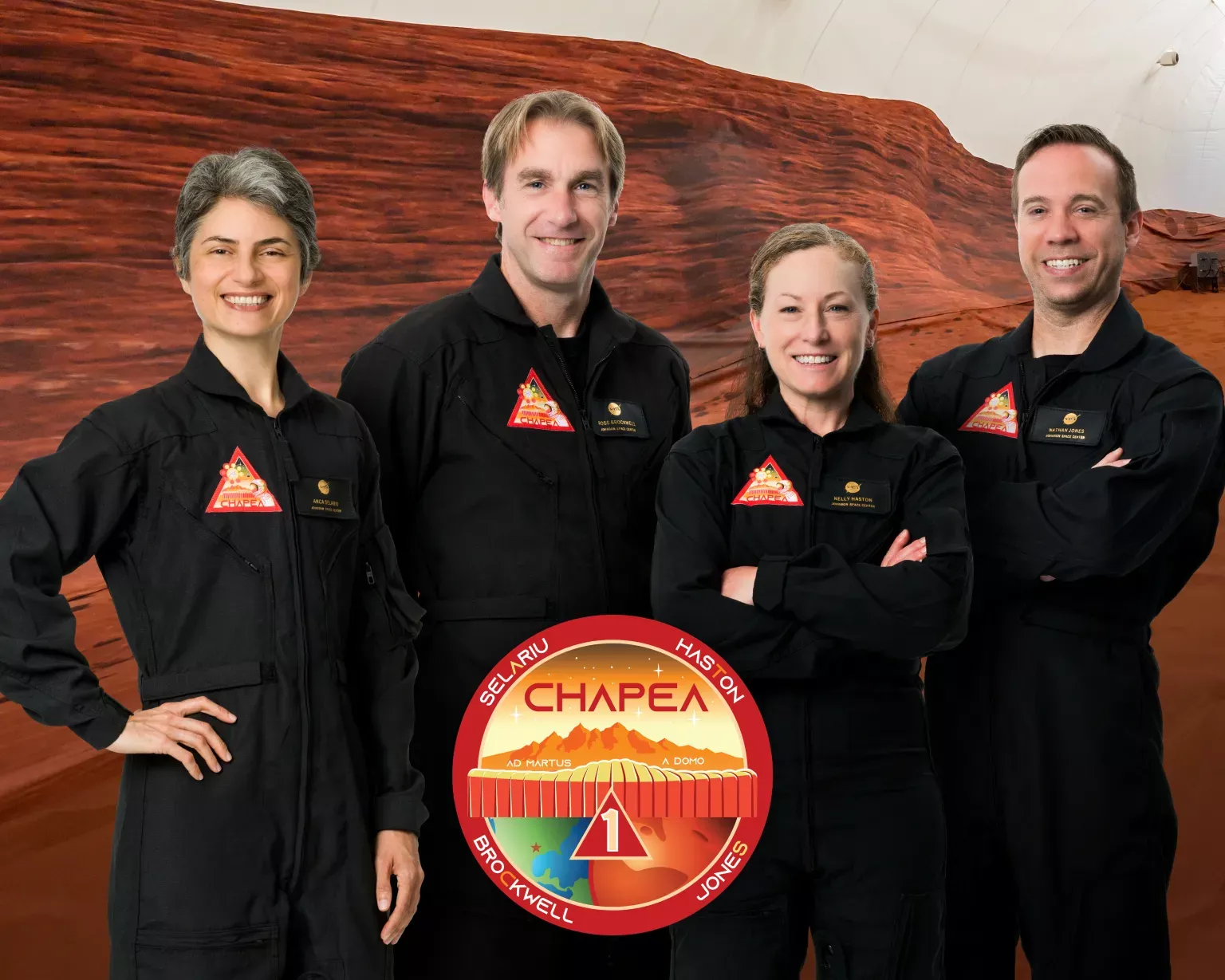NASA’s ambitious plan to simulate life on Mars is well underway, with the space agency seeking participants for a series of yearlong missions that replicate the Martian environment. This initiative is part of NASA’s broader efforts to prepare for eventual human exploration of Mars.
Key Highlights:
- NASA has initiated a series of yearlong simulated Mars missions, known as the Crew Health and Performance Exploration Analog (CHAPEA), at its Johnson Space Center.
- The habitat for the simulation, Mars Dune Alpha, is a 1,700-square-foot facility 3D printed to mimic the Martian environment, complete with individual rooms, bathrooms, a kitchen, fitness and recreation areas, and a space for growing crops.
- These simulations are designed to study how astronauts cope with challenges such as isolation, limited resources, equipment failure, and communication delays.
- Participants are required to be U.S. citizens or permanent residents, aged between 30 to 55, with a master’s degree in a STEM field and relevant professional experience or 1,000 hours as a jet aircraft pilot-in-command.
- The first of these missions began in fall 2022, with subsequent missions planned through 2024 and 2025.

NASA’s approach to preparing for Mars exploration involves not only technical and scientific research but also understanding the human factors that play a crucial role in long-duration space missions. The Mars Dune Alpha habitat serves as a high-fidelity environment for studying the psychological, physiological, and behavioral responses of crew members to the harsh conditions expected on Mars.
The selected crew members for these missions come from diverse backgrounds, including engineering, neuroscience, and robotics, highlighting NASA’s interdisciplinary approach to space exploration. The simulated missions incorporate a range of activities, from scientific research to maintenance tasks and simulated spacewalks, all designed to mirror the challenges astronauts will face on the Red Planet.
This initiative underscores NASA’s commitment to ensuring the success of future manned missions to Mars by rigorously preparing for the myriad challenges astronauts will encounter. By replicating the Martian environment as closely as possible on Earth, NASA aims to develop effective strategies for sustaining human life on Mars, advancing our understanding of what is required to live and work on another planet.
Conclusion:
The selection of a highly qualified crew for these simulations, along with the detailed design of the Mars Dune Alpha habitat, demonstrates NASA’s meticulous planning and innovative use of technology in its quest to conquer the final frontier. As these simulated missions progress, they will provide invaluable insights that will inform the development of future missions to Mars and beyond.






